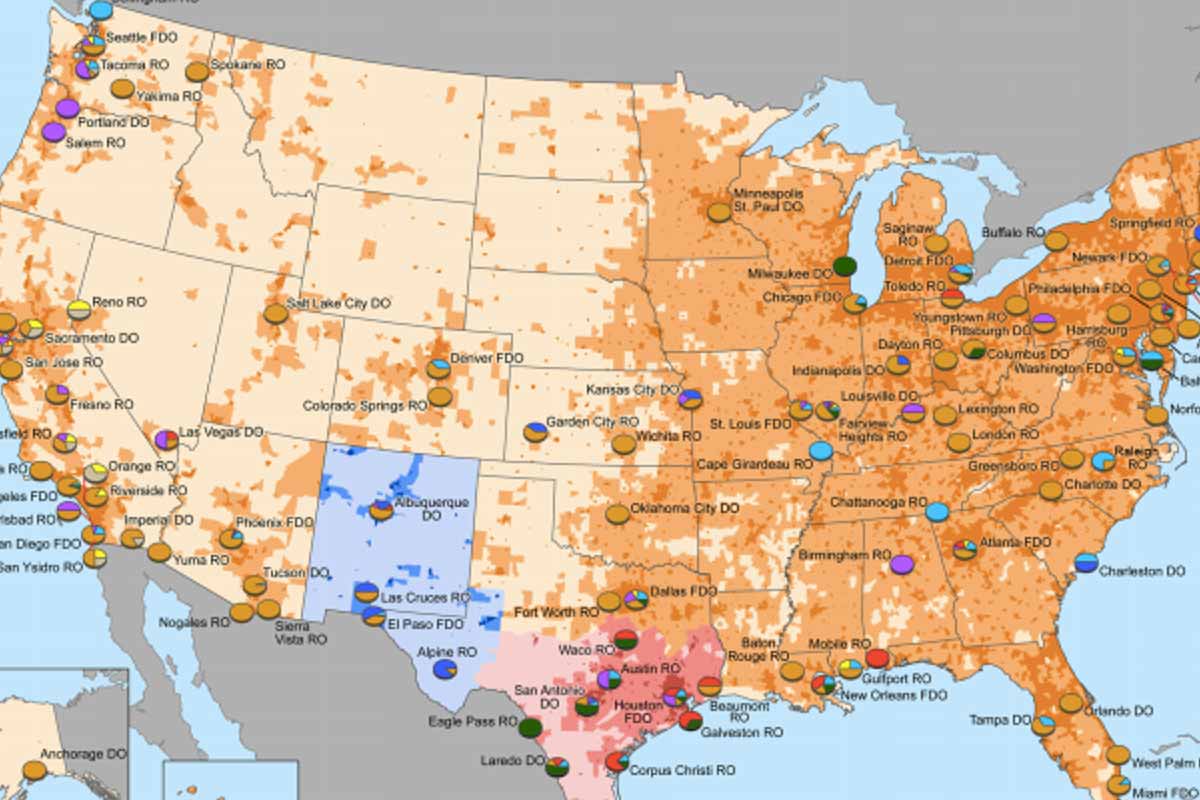Holiday plans take shape long before the first slice of pie, which is why the newest forecast matters. The Old Farmer’s Almanac just issued a long-range snapshot that travelers watch closely. With a claimed 80% accuracy dating to about 1792, it offers a helpful steer for Thanksgiving week. Use it early as you weigh flights, road legs, and backup plans. Timing, gear, and routes often hinge on what the sky may bring.
What the Old Farmer’s Almanac’s long-range outlook actually says
The guide isn’t a day-by-day promise. It is a climate-leaning picture for late November. The Almanac says most areas face a warmer-than-normal fall, and that tone carries into the holiday week. Use it to sketch timing, yet leave room to pivot as local updates arrive statewide.
History gives the tool its appeal. The editors cite an accuracy near 80% since about 1792. That claim draws attention, although no outlook can lock in exact hours or towns. Forecasts narrow as travel nears, so pairing the big map with short-range checks keeps plans flexible and calm.
Signals guide choices rather than dictate them. When the map leans mild, packing shifts toward lighter layers. When it hints at snow or rain, gear and routes adjust. Because the week of Thanksgiving is busy everywhere, small tweaks—like earlier departures—often preserve comfort and keep stress down.
How Thanksgiving travel fits into a warmer fall
Much of the South starts the week on a mild note. The Heartland follows suit, with comfortable afternoons and easy mornings. Even the upper Midwest leans warmer than average for late November. Those signals reduce worries about long icy stretches and help drivers plan steady, less tense pacing.
Rain can still show up. The outlook mentions some precipitation, yet not the kind that snarls roads for hours or stacks airport delays. Crews work faster during lighter events. Baggage lines shrink sooner, and connections often hold, which keeps families moving. Pilots also get cleaner approaches.
Warmth rarely means summer gear. Pack layers that breathe, and stash a compact shell for gusty fronts. Keep water and snacks within reach because traffic still builds. For a calmer Thanksgiving week, map fuel stops near restrooms. Share ETAs with hosts, and leave cushion time around peaks.
Northeast and Atlantic Corridor: colder air, travel still manageable
The Northeast trends colder than average. That means heavier coats, warmer hats, and plans built around brisk mornings. Northern New Englanders always respect quick shifts, and the outlook nods to that reality. Flakes may dot a few screens, yet current signals stop short of widespread, disruptive, high-impact storms.
Cities along the Atlantic Corridor also feel the chill. Even so, travel looks steady right now. Rail riders should carry gloves for platforms, while drivers watch bridges at dawn. Because runways prefer dry pavement, airlines shuffle quickly after brief showers, which keeps boarding orderly and gate changes limited.
Small choices build comfort during a cold Thanksgiving week. Pack hand warmers, and save room for boots in trunk corners. Use apps to track wind, since cross-gusts affect bridges and ferries. Hosts help too when they clear walks early, label guest parking, and hold a pot of soup warm.
Pacific Northwest: wettest risk window around Thanksgiving week
This region stands out. The Almanac points to colder-than-normal air plus frequent precipitation. Drivers should expect slick roads and moments of reduced visibility, especially at night. Because hills shed water quickly, spray limits sight lines. Fit fresh wiper blades, and keep tires with safe, well-tested tread.
Mountain passes deserve extra margin. Chains rarely come out for a drizzle, yet shaded curves ice early when cold snaps bite. Keep blankets within reach, and plan refuels before the longest climbs. Coastal airports also feel bumps as fronts stack up, so gate shifts may ripple through schedules.
Patience beats urgency in a wet Thanksgiving stretch. Leave sooner than usual to ease pressure. Choose wider lanes where hydroplaning risk drops. Park farther from crowded doors to avoid door dings in wind. Because sensors misread spray, clean cameras and lights before every leg to sharpen awareness.
Smart planning steps that keep trips smooth and hosts relaxed
Long-range outlooks set the stage, yet the short-term forecast sets the cues. Before leaving, check the five-day update for your starting point and destination. Then watch hourly changes the morning of departure. Small shifts decide which jacket to grab, when to fuel, and which lane to favor.
Most regions appear safe for steady travel right now. Still, bring a small scraper, a compact umbrella, and a flashlight. Save digital copies of tickets and IDs in case lines move faster than expected. Share your live location with your hosts so arrivals stay predictable and welcomes stay warm.
Lists help more than luck, especially for a full Thanksgiving house. Confirm grocery pickups early, and reserve key tools from neighbors. Keep totes for wet shoes by the door. Because plans run smoother when gear fits the weather, label bins for layers, gloves, and hats so guests settle quickly.
One more useful note before you lock plans
Long-range guidance helps us choose smart routes and gear, yet timing still matters. As the week nears, refresh the five-day update and note any wind advisories. Then slide departures by an hour or two to dodge rushes or showers. Pack layers near the top of bags for quick swaps. With a few flexible moves, your Thanksgiving gathering stays on track and guests arrive calmer. The season feels lighter, warmer, and easier to enjoy.
